By Jeanne Gilliam Fain & Christina Davidson
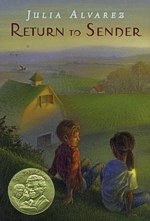 As the fourth grade students move toward the end of the book, they begin to discover that the definitions of citizen, American, Mexican, immigrant, and illegal have multiple interpretations. The discussions include a look into Mari’s life, her status as an immigrant, and the lack of power that she has over her life. Fourth graders thoughtfully tackle the issue of immigration as they moved to think about the consequences of breaking the law within the United States. They begin to question the depiction of the border and implications of following and breaking the law. Continue reading
As the fourth grade students move toward the end of the book, they begin to discover that the definitions of citizen, American, Mexican, immigrant, and illegal have multiple interpretations. The discussions include a look into Mari’s life, her status as an immigrant, and the lack of power that she has over her life. Fourth graders thoughtfully tackle the issue of immigration as they moved to think about the consequences of breaking the law within the United States. They begin to question the depiction of the border and implications of following and breaking the law. Continue reading


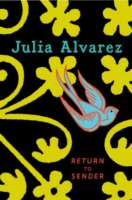

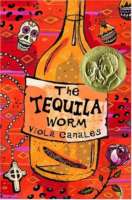 It has been inspiring to learn about different ways of engaging teacher candidates with literature. In this last blog, I want to share some examples from my own teaching experience. Engaging teacher candidates and in-service teachers with literature is one of my favorite things as a teacher educator. As other instructors, I use different strategies to discuss the literature.
It has been inspiring to learn about different ways of engaging teacher candidates with literature. In this last blog, I want to share some examples from my own teaching experience. Engaging teacher candidates and in-service teachers with literature is one of my favorite things as a teacher educator. As other instructors, I use different strategies to discuss the literature.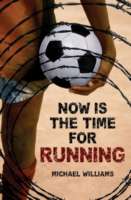
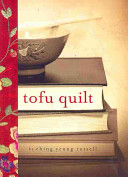
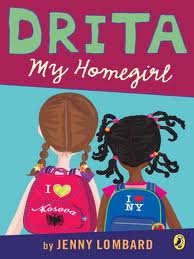

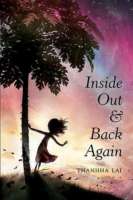
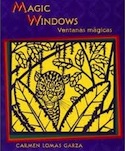 Reading Time: Magic Windows/Ventanas Mágicas (1999) by Carmen Lomas Garza
Reading Time: Magic Windows/Ventanas Mágicas (1999) by Carmen Lomas Garza